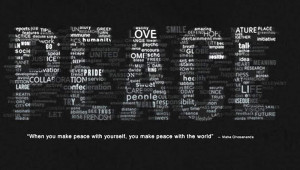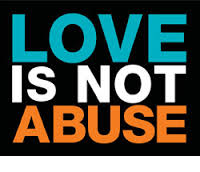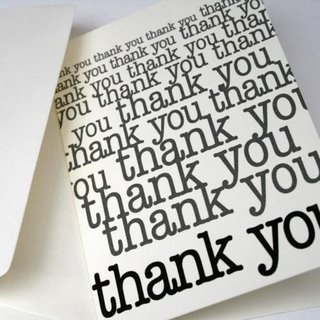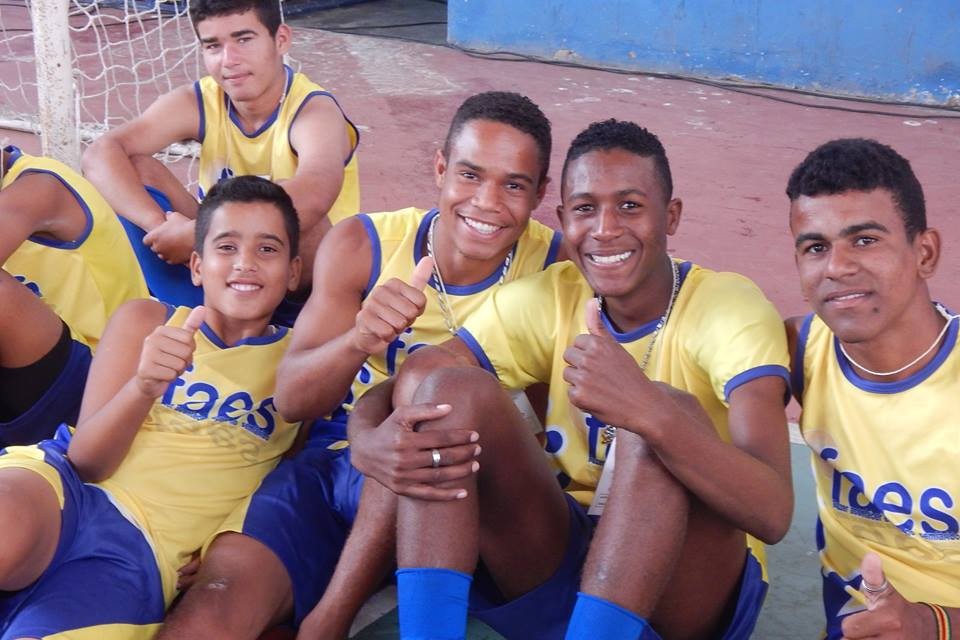Battered Women’s Support Services – Vancouver
I learned how to be an empowered bystander: thank you!!
In our efforts to help end violence against girls and women we asked the Battered Women’s Support Services of Vancouver to help us understand more about their work and its benefits.
Many of you will want to read this through because it provides you with information that helps you understand more about the problem of violence and what is being done to respond to it.
This writeup calls for you to donate to their program. To do so you can go our donation page for the Battered Women’s Support Services and other charities.
Rona Amiri, Violence Prevention Coordinator at BWSS, answers our questions below. Thank you Rona!

Can you tell us about the success of this program?
Starting in 2012 as a pilot project the program grows every year. In 2014, 2,000 youth participated in the peer-led dating violence prevention workshops. I was one of the youth facilitators who participated in the pilot project. Just as a facilitator I found it an absolutely rewarding experience. The more I learned the more I wanted to connect with my peers to raise their awareness, support their learning and empowerment process. In the last three years I have had the privilege to meet thousands of youth in Metro Vancouver and witness firsthand the positive impact our workshops created in their lives. Today, I am proud to be leading the program.
In each workshop our youth facilitators work with boys and girls to not only provide information on dating violence but also leave youth with the real skills to help a friend in a violent relationship, speak out against violence, and understand that as individuals we all have a role in ending violence.

What’s unique about this work?
There are no other dating violence prevention programs that are peer-led and work with youth providing specific knowledge and skills at no cost to school and community organizations. We also discuss the root causes of violence, the impact of our socialization in regards to gender roles as well as the role of the mainstream media in normalizing and perpetuating sexism and gender stereotypes. We also discuss the impact of the internet and social media on dating violence because this is a new issue that is becoming more common with the advancement of technology.
The presentation will help reduce/prevent abuse when I am in a relationship to know my rights as a woman
How big is the need? If we had millions of dollars would we solve the problem?
1 in 7 girls in high school have been assaulted in a dating relationship and in Canada the first time women experience violence in an intimate relationship is at the age of 16. If we are able to provide youth with the information on what dating violence looks like then we can help prevent violence from taking place. If youth understand that as bystanders they have a role then they will be in better positions to support their peers when witnessing sexist or abusive behaviour.

What is the current annual demand?
2000 participants requiring $20,000. Next year we expect the demand to grow at least 1.5x and require a $30,000 budget which must be raised from scratch.
We know that $1,000 goes a long way and provides workshops for 100 youth in total (average 3-5 sessions of 20-30 youth in each class).
*Tax receipts (in Canada) issued for donations
How can we help besides donating money?
• Youth can get involved by becoming volunteers for the program
• Don’t support media that depict women in subordinate roles and as sex objects.
• Change the way you speak. Often the way we speak shapes the way we think. Stop demeaning the feminine by saying things like “you throw like a girl,” or “he cried like a little girl.” That includes referring to men or boys as “girls” when you are meaning something derogatory.
• Speak up against violence against women and sexism, sexist comments and sexist jokes.
• Share articles and information about ending sexism and violence against women through social media like Facebook and Twitter. Connect with us on our social media networks to spread the word about what dating violence is and the work that we do to prevent it.
The presentation made me feel that it is my right to stand up for myself if something is wrong in my relationship
Can you provide useful links for readers?
http://www.bwss.org/dating-violence-in-youth-relationships/
http://www.bwss.org/youth-ending-violence-by-rona-amiri-and-tijash-ramirez-2/
http://www.bwss.org/youth-creating-change-for-one-future-without-violence
Manhood is not all about being strong and tough
What is the profile of a youth facilitator?
We created a short film to profile the youth facilitators who were a part of our pilot project.
How many classrooms in how many schools in Vancouver
Facilitated 400 workshops in the last year in 17 High Schools in Metro Vancouver
Can you provide Testimonials?
“The presentation will help reduce/prevent abuse when I am in a relationship to know my rights as a woman”
“The presentation made me feel that it is my right to stand up for myself if something is wrong in my relationship”
“Manhood is not all about being strong and tough”
“I learned how to be an empowered bystander: thank you!!”
What makes this program different (and better)?
Unfortunately, violence is a reality for many girls in our community. Schools receive disclosures and are aware of situations where dating violence are taking place but are not sure how to intervene. Rather than teachers and schools reacting to cases of violence once it’s already happened, it’s more efficient to invest in prevention. And while there has been an increase in anti-bullying programs there are not the same programs available to address dating violence in BC. What makes the YOUth Ending Violence program one of a kind is that it is the only dating violence prevention program that works specifically to end dating violence by working with youth one-on-one to practice real skills to become empowered bystanders.
We also train approximately 15 young men and young women, each year, with tools and skills to understand the root causes of violence in their communities, who then educate and involve their peers and communities to prevent dating violence.

What is the incidence and prevalence of dating violence? Can you provide a stat and a description of the magnitude of the problem?
• 1 in 7 girls in high school has experienced dating violence.
• Youth between the ages of 15 and 24, in Canada, have the highest risk of dating violence.
• Police-reported statistics show us the number of dating violence survivors is highest among the 15-24 age group representing 43% of all incidents of dating violence in Canada.
• We also know young women experience ten times more violence in relationships than young men. This shows us that the number of young women who experience dating violence is disproportionately high.
For more questions, contact the Battered Women’s Support Services at http://www.bwss.org
Thank you Rona, Ela and the staff and volunteers of the Battered Women’s Support Services for all that you do!

Below we share our custom video we made for the Battered Women’s Support Services Group.

